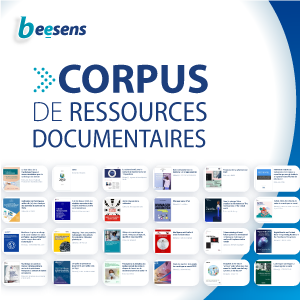"A machine learning model that incorporates both clinical and radiomic features could prove beneficial to radiologists differentiating between benign and malignant solid ovarian tumors on MRI exams.
That’s according to a recent analysis published in Academic Radiology that compared the performance of three different models that varied in the features they utilized—clinical, radiomics or a combination of the two— to spot malignancy in solid ovarian tumors. In the paper, experts shared that the model that included both clinical and radiomics features recorded the highest AUC of the group, at .954, in addition to achieving impressive accuracy and precision measures.
The models were trained and tested using images from MRI scans of 148 patients with 156 solid ovarian tumors. MRI is the modality of choice for distinguishing benign from malignant ovarian tumors, but interpreting these exams is not without its drawbacks, corresponding author of the study Li Guo, PhD, with the School of Medical Imaging at Tianjin Medical University in China, and co-authors explained:
“MRI sequences contain a lot of information, but manual image screening is a large workload for radiologists and has subjective differences and misdiagnosis rates. The development of artificial intelligence in medical image could reduce the burden of radiologists and improve the efficiency of diagnosis.”
Of the 156 tumors, 86 were benign and 70 malignant. Researchers used the imaging of the tumors to extract 12 clinical features and 1,612 radiomic features to develop their 3 models.
While each model performed well, the model that combined clinical and radiomics features to predict malignancy exceeded the others, recording an AUC, accuracy, precision and sensitivity of 0.954, 0.839, 0.909 and 0.714 in test set. That same model also outperformed junior and senior radiologists in discriminating serous ovarian tumors.
The experts concluded that their model and others like it could be advantageous to radiologists, given the somewhat precarious nature of classifying ovarian tumors..."
Lire la suite
AI boosts accuracy when discriminating between malignant and benign ovarian tumors on MRI
HEALTHIMAGING, 11/07/2022
Partagé par :
Beesens TEAM















